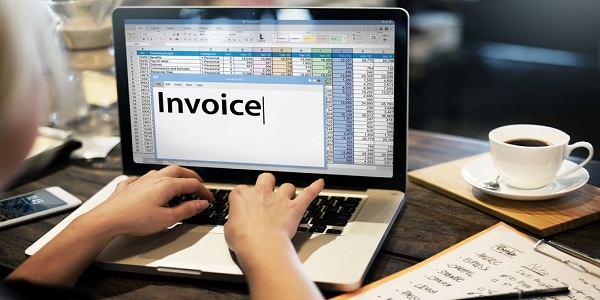Sponsored
What is e-invoices?
} E-invoicing is a system in which B2B invoices are authenticated electronically by GSTN for further use on the common GST portal.
} Under this system an identification or reference number will be issued against every invoice by the Invoice Registration Portal (IRP) managed by the GST Network (GSTN).
} All invoice information will be transferred from this portal to both the GST portal and e-way bill portal in real-time.
} Therefore, it will eliminate the need for manual data entry while filing ANX-1/GST returns as well as generation of part-A of the e-way bills, as the information is passed directly by the IRP to GST portal.
Page Contents
Notifications regarding e-Invoices under GST
| Notification No | Date of Issue | Reference |
| 68/2019 – Central Tax | 13-12-2019 | Changes in CGST Rules |
| 69/2019 – Central Tax | 13-12-2019 | Notify the common portal for the purpose of e-invoice |
| 70/2019 – Central Tax | 13-12-2019 | Notify the class of registered person required to issue e-invoice |
| 71/2019 – Central Tax | 13-12-2019 | Give effect to the provisions of rule 46 of the CGST Rules, 2017 |
| 72/2019 – Central Tax | 13-12-2019 | Notify the class of registered person required to issue invoice having QR Code |
Applicability of E-Invoice under GST
- E-invoicing will be mandatory from 01-04-20 for businesses having Aggregate Turnover exceeding Rs 100 Crore.
- It will start on voluntary basis from 01-01-20 if Aggregate Turnover is exceeding Rs 500 Crore.
- it will start on voluntary basis from 01-02-20 if Aggregate Turnover is exceeding Rs 100 Crore.
- Applicable for B2B invoices only.
- For B2C invoices: QR code is required to be mentioned.
- QR Code is mandatory for if Aggregate Turnover is exceeding Rs 500 Crores.
- It is applicable on domestic B2B sales, export sales and sales to SEZ units.
- Provisions will be applicable on tax invoices, debit notes, credit notes and RCM invoice except pro-forma invoices.

Process to generate e-Invoices
- Invoice will be generated by the supplier in his own accounting or billing software.
- JSON file will be generated by the supplier to upload on the Invoice Registration Portal (IRP).
- Unique Invoice Reference Number (‘IRN’) can be generated by the supplier on the basis of 4 parameters like Supplier GSTIN, invoice number, financial year and document type.
- Supplier will upload the JSON file of the e-invoice along with IRN already generated directly on the IRP or through GSPs.
- IRP will generate IRN and validate IRN of JSON if already uploaded by the supplier. IRP will add its signature on the invoice data as well as a QR code to the JSON.
- Supplier will download digitally signed JSON with IRN along with a QR code. IRP willshare back digitally signed e-invoice to seller and recipient if email id’s are mentioned on the e-invoice.
Benefits of e-Invoicing
- E-invoice resolves and plugs a major gap in data reconciliation under GST to reduce mismatch errors.
- E-invoices created on one software can be read by another, allowing inter-operability and help reduce data entry errors.
- Real-time tracking of invoices prepared by the supplier is enabled by e-invoice.
- Backward integration and automation of the tax return filing process – the relevant details of the invoices would be auto-populated in the various returns, especially for generating the Part-A of e-way bills.
- Faster availability of genuine input tax credit.
- Lesser possibility of audits/surveys by the tax authorities since the information they require is available at a transaction level.
- Complete trail of B2B invoices, elimination of fake invoices, System level matching of input credit and output tax.
Sponsored
Kindly Refer to
Privacy Policy &
Complete Terms of Use and Disclaimer.





